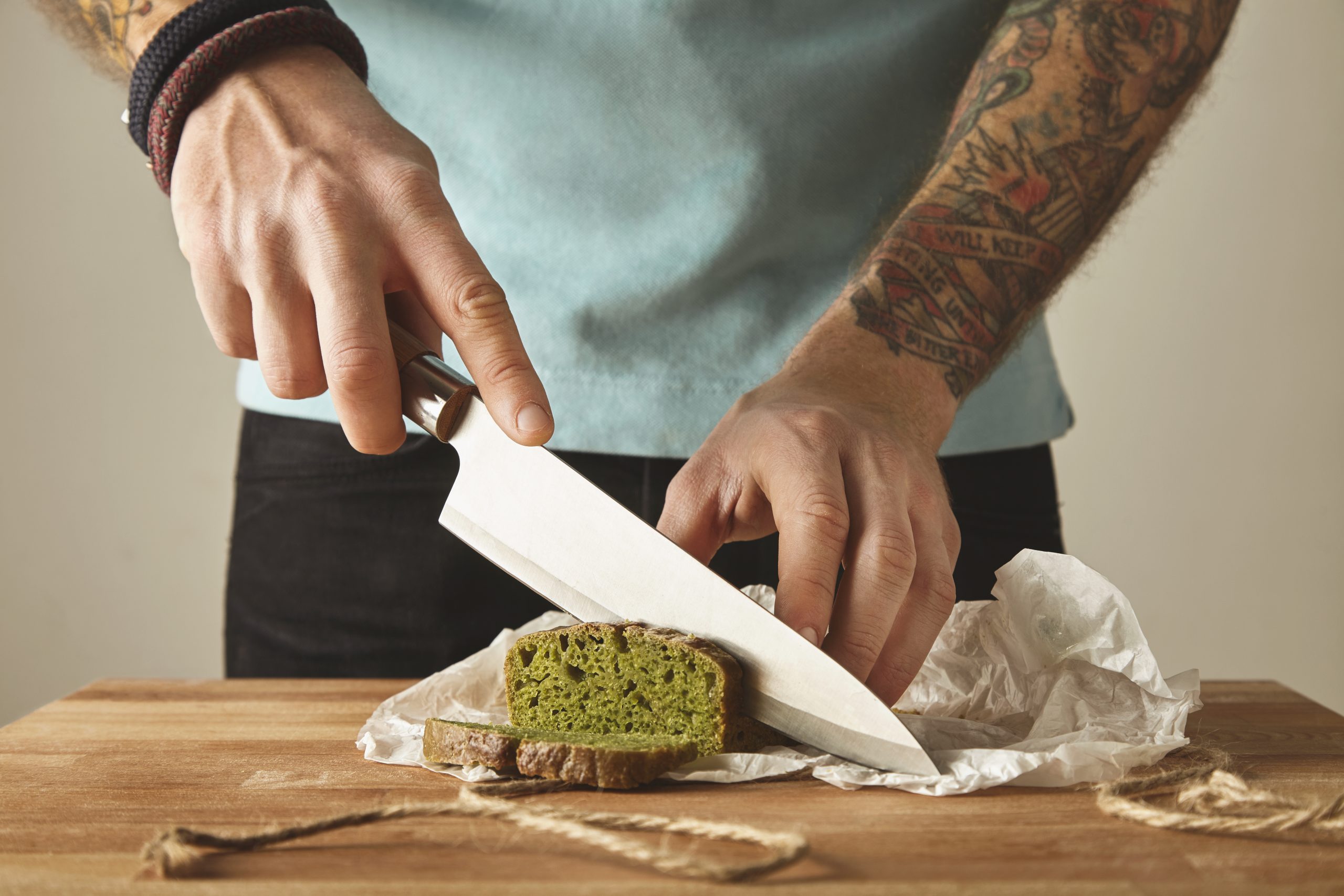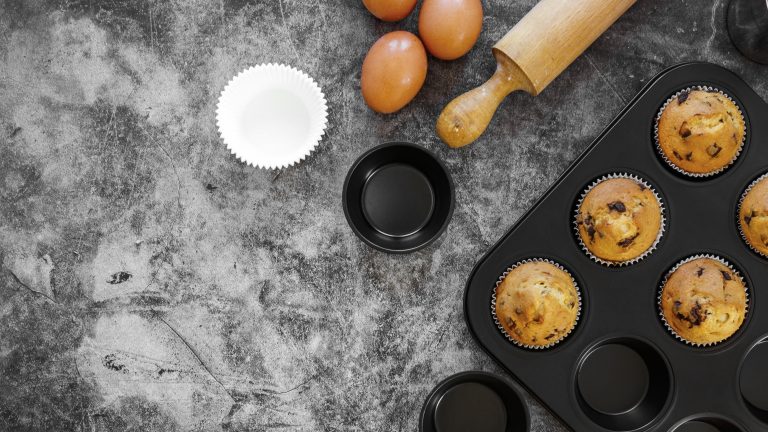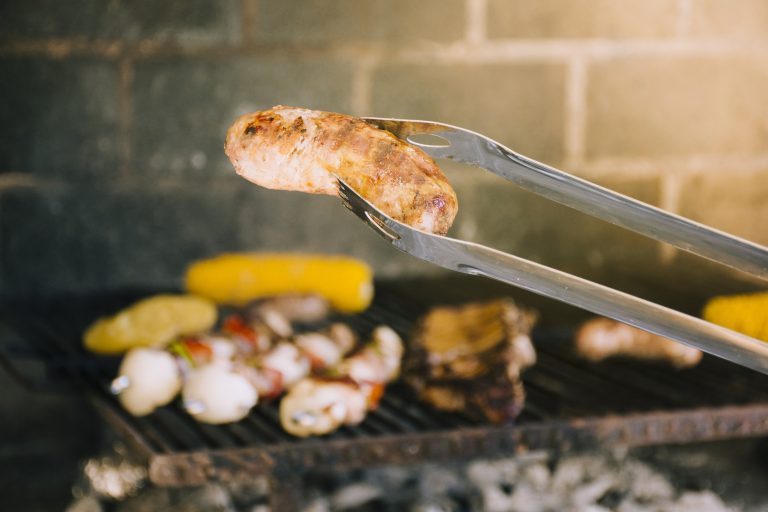
As the soul of the kitchen, knives pay homage to ingredients with every slice. The knife family has a meticulous division of labor. The chef’s knife, with its wide and sharp blade, effortlessly breaks down whole chickens and large pieces of meat, serving as the “main force” for handling large ingredients. The santoku knife, with a slightly shorter blade, excels at slicing, shredding, and dicing, making it ideal for dealing with vegetables and small ingredients. The paring knife, known for its compactness and agility, precisely peels the skin of fruits and vegetables, rejuvenating the ingredients.
The material determines the performance and lifespan of knives. High-carbon steel knives are highly durable, with strong hardness and toughness, ensuring a sharp and long-lasting edge. After careful sharpening, they can easily cut through tough ingredients like frozen meat, but regular anti-rust maintenance is required. Ceramic knives, made from high-tech materials such as zirconia, are second only to diamonds in hardness and won’t react chemically with ingredients, making them perfect for handling acidic foods. However, they are relatively fragile and should be used with care to avoid impacts.
When choosing knives, the ergonomic design of the handle is crucial. Handles that conform to the palm’s curvature reduce fatigue during long-term use. For example, some handles feature anti-slip textures, providing a secure grip even when hands are wet. Additionally, pay attention to the connection between the handle and the blade. Knives with a full-tang, one-piece construction are more stable, distribute force evenly, and have a longer lifespan. Whether you’re a professional chef seeking the ultimate cutting experience or a home cook enjoying the pleasure of cooking, a quality set of knives is an indispensable companion on your culinary journey.


